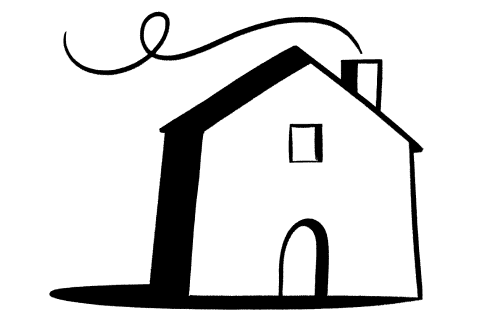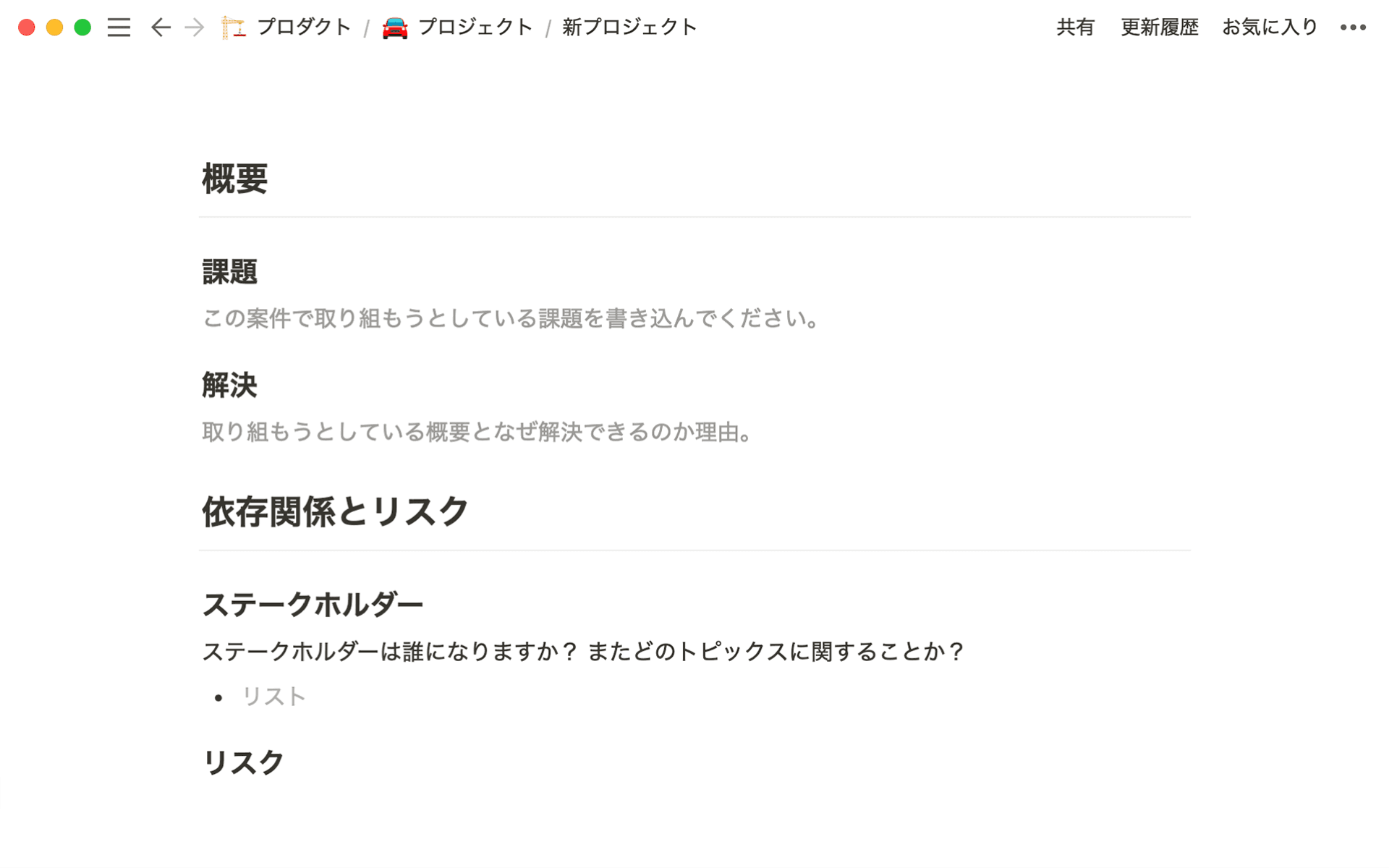When any new project falls onto your radar, writing a plan that details budget, personnel, and deadlines is the necessary first step. And brainstorming a new approach to any project is tough—but convincing your managers to support it is often tougher.
You never get a second chance to make a first impression, which is why learning how to write a project proposal that’s clear and effective will make or break your next steps.
But if you’re new to proposal writing, you might need a few tips to help you better understand what a project proposal is and how to get your project approved with few—if any—obstacles.
What’s a project proposal?
A project proposal is a document which outlines a project’s scope and objectives, as well as the resources and methods required to achieve them.
Unlike a project charter, which is a high-level document outlining a project's overall strategy and goals, a proposal focuses on the specific details and actions required to hit defined milestones. Proposals are the concrete, actionable versions of project charters.
Project plans typically include several key components. When discussing how to write a proposal, we’ll outline where each of these components fits:
Project summary
Goals

Objectives
Methods
Required resources
Timeline
Conclusion
They may also include a cost analysis, risk assessment, and breakdown of project deliverables, if those factors are relevant to the project.
Types of project proposals
Regardless of your industry, you might have to write different styles of proposals for various projects. Here are some common project proposal types, each with its own purpose and format:
Solicited — responses to a request for proposal (RFP) are solicited proposals. Companies or team leads use these to compete for a contract.
Unsolicited — these would be proposals you write and submit when they haven’t been requested. You might send one when you feel your services are a great fit for an organization’s needs or you have a great idea to improve internal processes.
Casual — casual proposals are brief and informal documents that outline a project’s basic idea and goals. They typically start a conversation or seek initial feedback on ideas.
Renewal — extend an existing project’s funding or propose new activities or goals for a project’s continuation with renewal proposals. These often work off of base information provided in the original proposal.
Continuation —these proposals request support to extend an ongoing project without proposing significant changes or additions to the original scope and objectives. They’ll briefly reference the original proposal and detail any new, relevant information.
Supplemental — seeking additional funding or specific resources for an ongoing project without changing the overall scope and objectives requires supplemental proposals. These will often briefly outline a project’s current success to bolster the need for further support.
How to write a project proposal
Now that you know the various types, you’re likely wondering how to start your project proposal. Any strong project proposal template will include these sections, so you just need to drop the information in. This section outlines the five steps in writing a good project proposal to secure funding and make project management easier.
1. Include an executive summary
Think of the opening section as your plan’s elevator pitch. Write a clear, concise summary of your project, its goals, objectives, and scope. This gives stakeholders a high-level overview and helps them understand why they should support your project.

Perhaps your proposal asks for funding to hire writers and web designers to create a blog to increase a client’s brand awareness. This summary will include information such as the number of writers you need, why you need this many to create and sustain the blog, and why you think this blog will help the client increase brand awareness.
2. Define the problem
Clearly and concisely define the problem or opportunity the project aims to address. Provide evidence that supports the methods your proposal will suggest. Continuing with the above example, the client may require further brand awareness to increase product uptake. You might discuss competitors, current social awareness shortfalls, and how gaining increased attention would benefit the client. Outlining the specifics of the problem helps stakeholders understand the need to approve this project and its potential impact.
3. Provide a solution
Summarize your proposed solution, explaining the methods you’ll use to execute it and how it will address the identified problem. Then explain how your solution will achieve desired outcomes. This will reassure stakeholders that your solution has potential from start to finish.

In our example, the solution is a blog that shares valuable content to the client’s target audience, showing that the company is knowledgeable and trustworthy. The method is hiring writers to create high-quality, high-trafficked articles and designers to create an easy-to-navigate blog.
4. Set a timeline and project budget
Create a detailed timeline and budget for the project by outlining key milestones and deliverables you’ll meet. Include a brief overview of the measurable metrics you plan on using to determine success at each stage. Then outline the resources required to take these steps and maintain progress toward final objectives.
Closing with this numbers-based overview helps decision-makers understand your project’s scope and how much support you’ll need for success. Include a cost analysis and risk assessment to bolster the validity of your budget evaluation.
When creating a blog, you’d want to consider the cost of hiring and onboarding writers, the back and front-end creation process, and the time it takes for articles to gain traction. Exploring every part of the project will help you evaluate the required budget and time restraints.
5. Conclude
End your proposal with a clear and compelling conclusion, summarizing the project’s key points and highlights of the project and the benefits it will offer. This section brings home the project’s value and potential impact of the project, making a strong case for its approval and support.
A blog proposal’s conclusion might focus on how valuable and important the client’s products are. How fulfilling would it be if more people knew about their incredible services and how they relate to the industry? This blog will help share their story to a larger audience.
4 tips for writing a project proposal
Before you pen that first draft, here are four tips for crafting a compelling and persuasive document:
Know your audience —take the time to understand your target market, including their needs and concerns. Tailor your proposal and include the information and arguments your readers need to best evaluate your project.
Keep it simple —a project proposal isn’t a technical document or research paper. Use simple language, bullet points, and visuals to make your submission easy to digest.

Be persuasive — every project proposal aims at convincing readers to approve and support a project. Make a strong case for yourself using evidence, logic, and emotional appeals as support.
Do your homework — make sure you know your project’s background information thoroughly so you’re able to answer any questions that follow the proposal’s review. Anticipate important questions and try to use case studies or graphs in your proposal to answer them preemptively and convincingly.
Hit the ground running
Writing a project proposal can be daunting, but we have your back. With a little inspiration and a bit more practice, you’ll be ready to persuade any selection committee to choose your proposal.
If you’re not ready to draft one from scratch, check out our project proposal templates. From product vision boards to contracting proposal examples, we’ve got resources to cover your project’s entire lifecycle.

